Hearing Aid Technology
Services at RK Audiology include comprehensive hearing evaluations, tinnitus assessments and treatment, real ear measurement, video otoscopy (view of the ear with a small camera that transmits images to a larger screen), ear cleaning/earwax removal, 3D digital ear scans, and ear impressions.
SERVICES MENU
» Hearing Tests
» Tinnitus Evaluation
» Ear Wax Removal
» Real Ear Measurement
» Hearing Aid Fitting
» Hearing Aid Maintenance and Repair
» Sensorineural Hearing Loss Treatment
Quickly jump to the section on the page by clicking one of these topics.
Hearing Aid Brands/Manufacturers
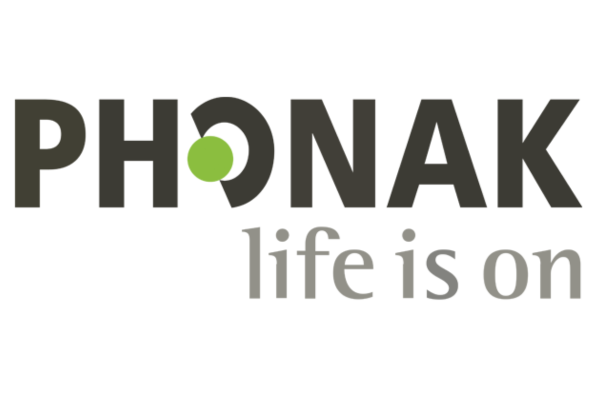
Phonak Hearing Aids
Oticon Hearing Aids
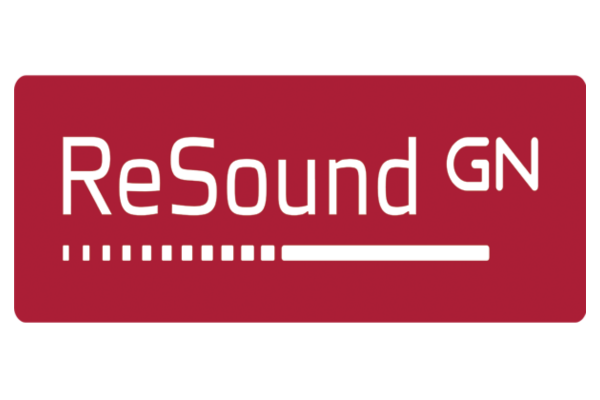
Resound Hearing Aids
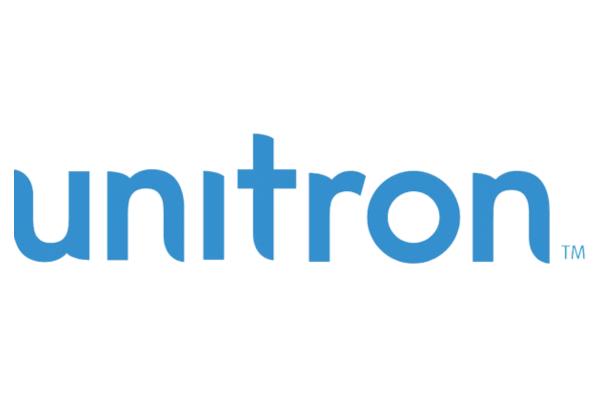
Unitron Hearing Aids
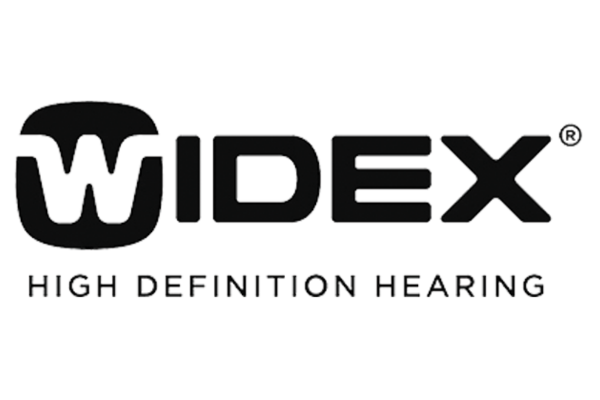
Widex Hearing Aids
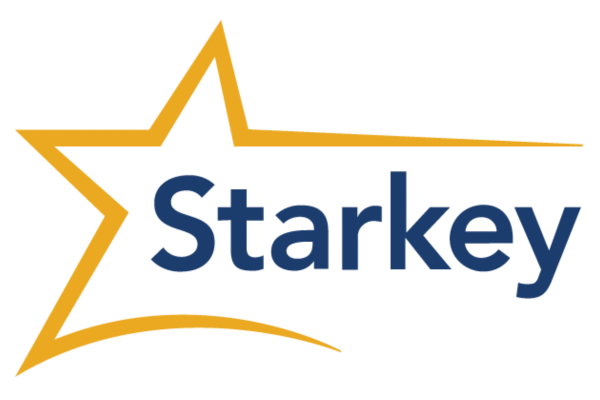
Starkey Hearing Aids
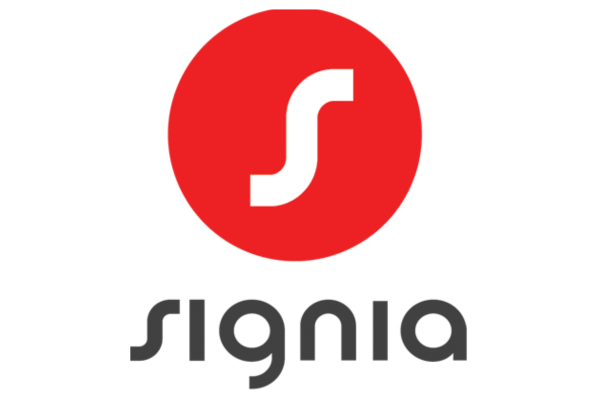
Signia Hearing Aids
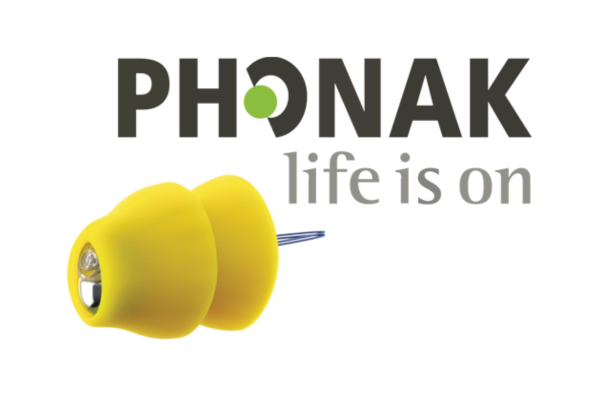
Phonak Lyric Aids
What are the different styles of hearing aids?
Standard hearing instrument styles include receiver-in-the-ear (RITE), receiver-in-the-canal (RIC) and behind-the-ear (BTE) devices.
These are designed to fit most ears and usually require some customization of the earpiece and the connection of the device to the earpiece.
Custom hearing instrument styles include in-the-ear (ITE), in-the-canal (ITC), completely-in-the-canal (CIC), and invisible-in-the-canal (IIC) devices. These require a custom-molded shell that houses the electronics.
Both standard and custom hearing aid technology are available in a variety of colors, shapes, and sizes.
Extended wear devices are non-surgically placed in each ear canal by an audiologist and stay in 24/7 for 2-3 months at a time.
These invisible hearing aid devices are purchased on a subscription basis and replaced in our office.
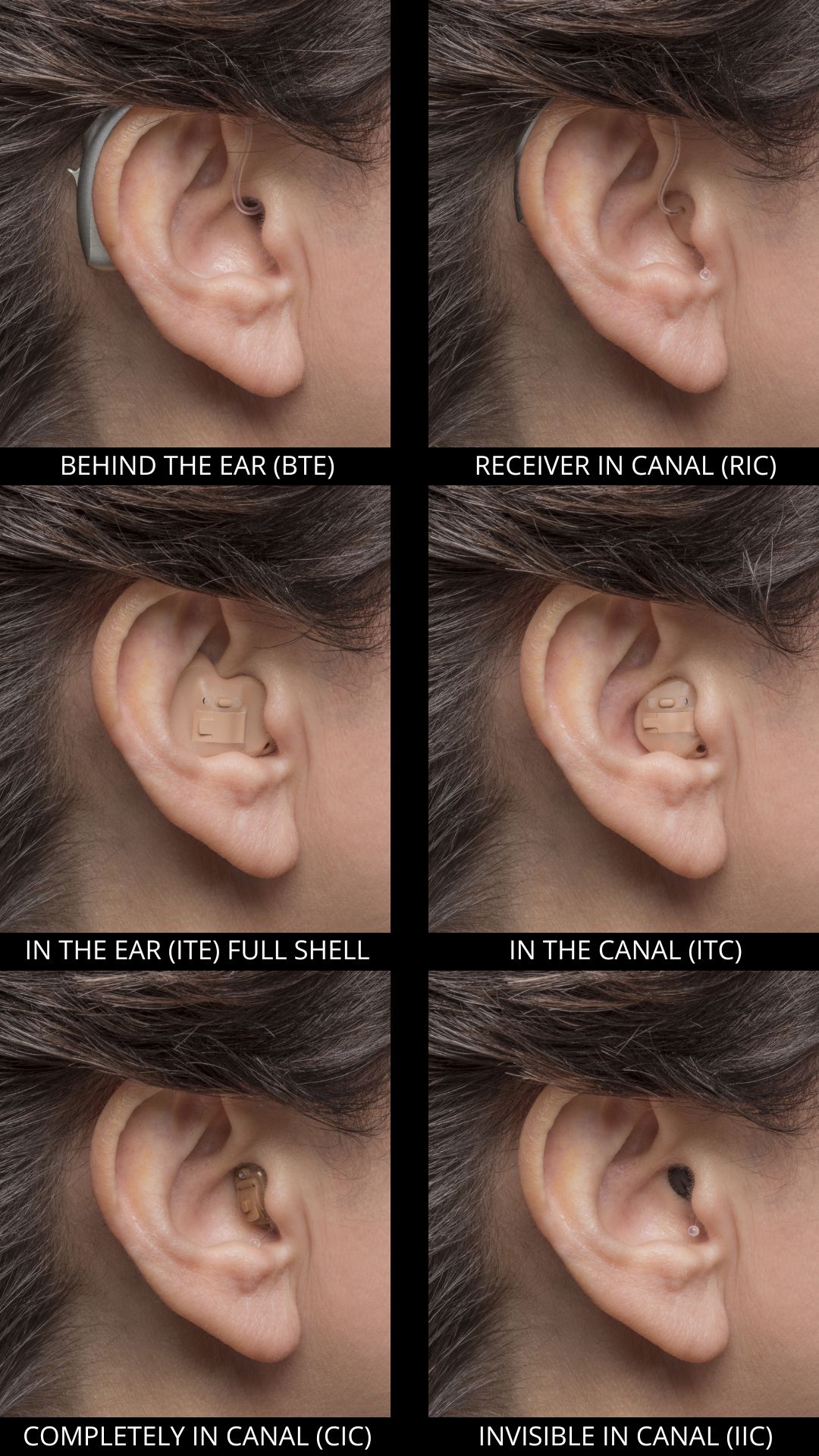
Hearing Aid Fittings
Following your hearing evaluation and hearing instrument selection, the devices are fit and programmed, tailored to your own hearing thresholds, communication needs, and preferences.
Your new hearing instruments will allow you to hear without discomfort while being secure and physically comfortable. This new technology will be evaluated in our office with tests including real ear measurements, as well as in sound environments important to you.
Untreated hearing loss impairs memory, may cause difficulty related to learning new tasks, and may result in decreased job performance. Hearing loss treated with the use of hearing technology has been shown to decrease fatigue and irritability, lower risk to personal safety, and decrease withdrawal from social situations. Numerous research studies have found that the regular use of hearing aids increases the wearer’s quality of life.
Portions of this information have been republished with permission from the American Academy of Audiology.
For more information, review the Consumer Reports Hearing Aid Buying Guide, updated April 24, 2023.
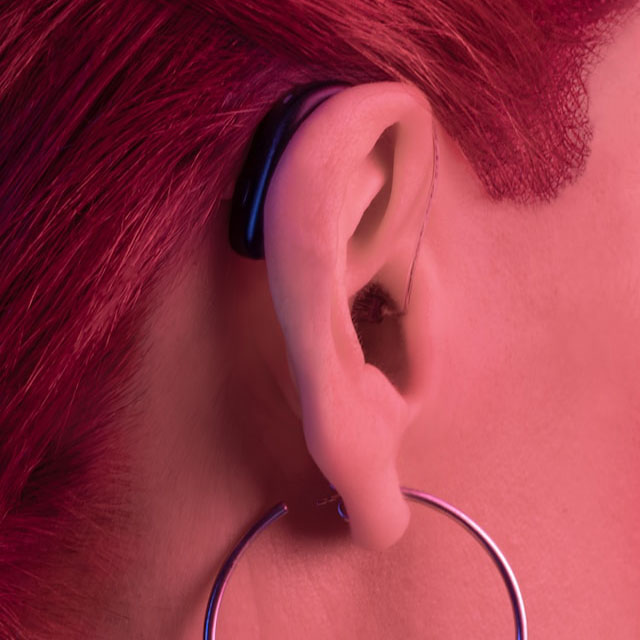
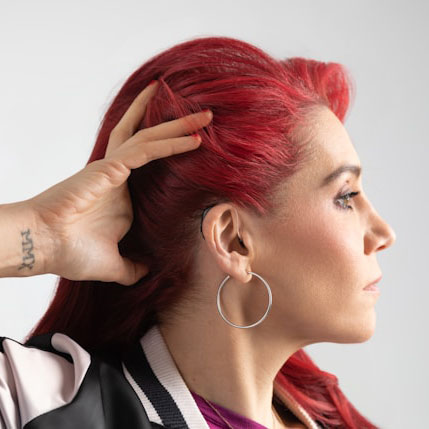
What are the benefits of rechargeable hearing aids?
More reassuring – Charging your hearing aids overnight quickly becomes a routine. The charger gives them an overnight “home” so you always remember where they are, and you can count on a full charge in the morning, so you are ready for your day.
More convenient – There’s no need to replace batteries every few days. You don’t even have to open the battery drawer.
More efficient – Save the time, money, and environmental impact of buying hundreds of batteries every year.
What if I forgot to charge my hearing aid batteries?
Although the rechargeable battery has plenty of power for the day, you can still use standard disposable batteries in emergencies.
It’s always smart to have a backup. Opn’s hybrid battery design allows you to use either a rechargeable or a standard battery. You can be confident that your hearing will not be interrupted if you forget to charge.
What if I have ringing in my ears? (Tinnitus)
Hearing instruments have proven sound generator technology integrated into the hearing aids for all styles and performance levels to help with relief from ringing in the ears (tinnitus). The wearer can select from a wide range of customizable tinnitus relief sounds which are dynamic, yet soothing — including broadband (white, pink, and red noise) and nature sounds, including the sound of the ocean. Wearers can discreetly adjust these sounds using an iPhone or Android device.
You should also look into Lenire Tinnitus Treatment.
What features do most hearing aids have?
Several features are available to improve your hearing technology experience. Directional microphones enhance speech understanding in noise, smart algorithms help manage background noise, feedback cancellation alleviates the annoyance of whistling and buzzing, and telephone/telecoil options access sound from phones and other sound sources.
Smart apps and wireless / Bluetooth / remote microphone technologies allow for smart communication between hearing devices as well as pairing to cell phones, TVs, MP3 players, and other devices.
Do I need one hearing instrument? Or two?
If both ears need amplification, your audiologist will recommend two devices. Research has shown that two hearing aids provide superior benefits including better word recognition in quiet and noisy backgrounds, better quality of sound, localization ability, and more natural hearing.
Research has also shown that when both ears have hearing loss and only one ear is fitted, the unaided ear may lose speech recognition ability more rapidly than the fitted ear.
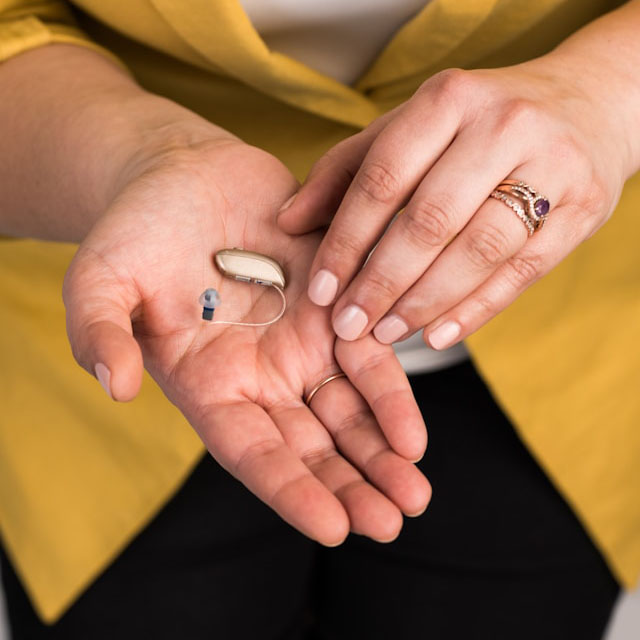
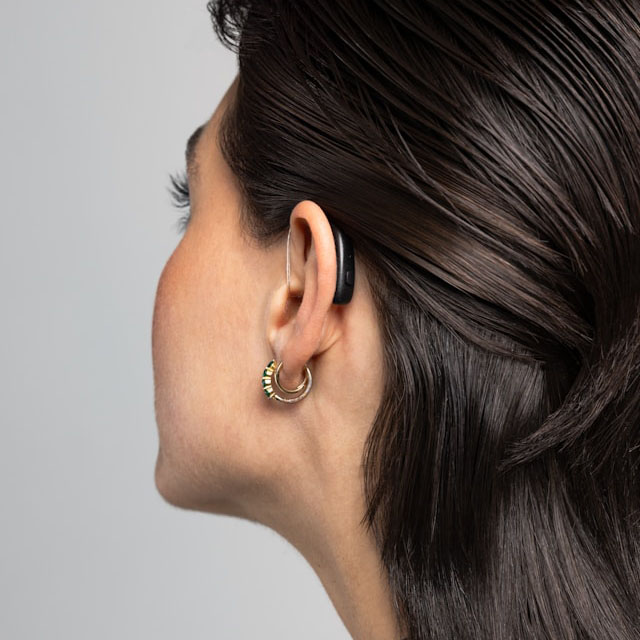
Hearing Aid Support & Care
RK Audiology fits, programs, reprograms, updates, and repairs all brands of hearing aids including Lyric Hearing, Oticon, Phonak, Resound, Signia, Sonic, and Widex.
Visit our Hearing Aid Care page for instructions on hearing instrument care.
Custom Hearing Protection
Life is filled with so many activities and sounds – recreational sports, music, fireworks, restaurants, concerts, motorcycles, power tools, industrial machinery and so much more.
Without hearing protection, noise exposure at levels of 85dB and above for an extended period of time may be unsafe, and noise-induced hearing loss is possible.
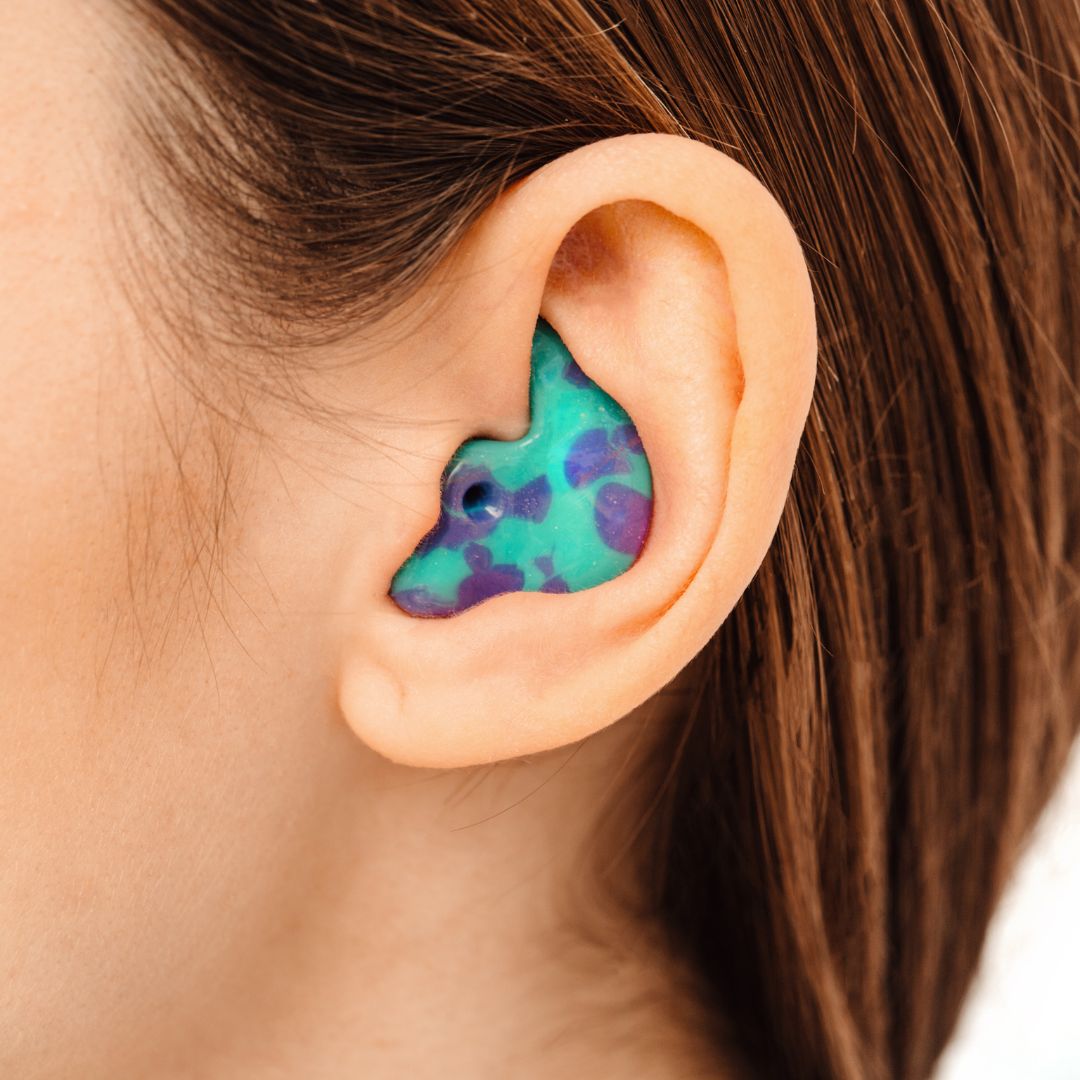
Assistive Listening Devices
Assistive Listening Devices (ALDs) are innovative tools designed to enhance communication and improve quality of life for those with hearing impairments. These devices work alongside hearing aids or independently to amplify sound, making it easier for individuals to hear in various environments.
Assistive Listening Devices offer a range of solutions to improve communication and accessibility for individuals with hearing loss. By amplifying sound, reducing background noise, and providing alternative methods of communication, ALDs empower individuals to engage more fully in conversations, activities, and experiences, ultimately enhancing their overall quality of life.
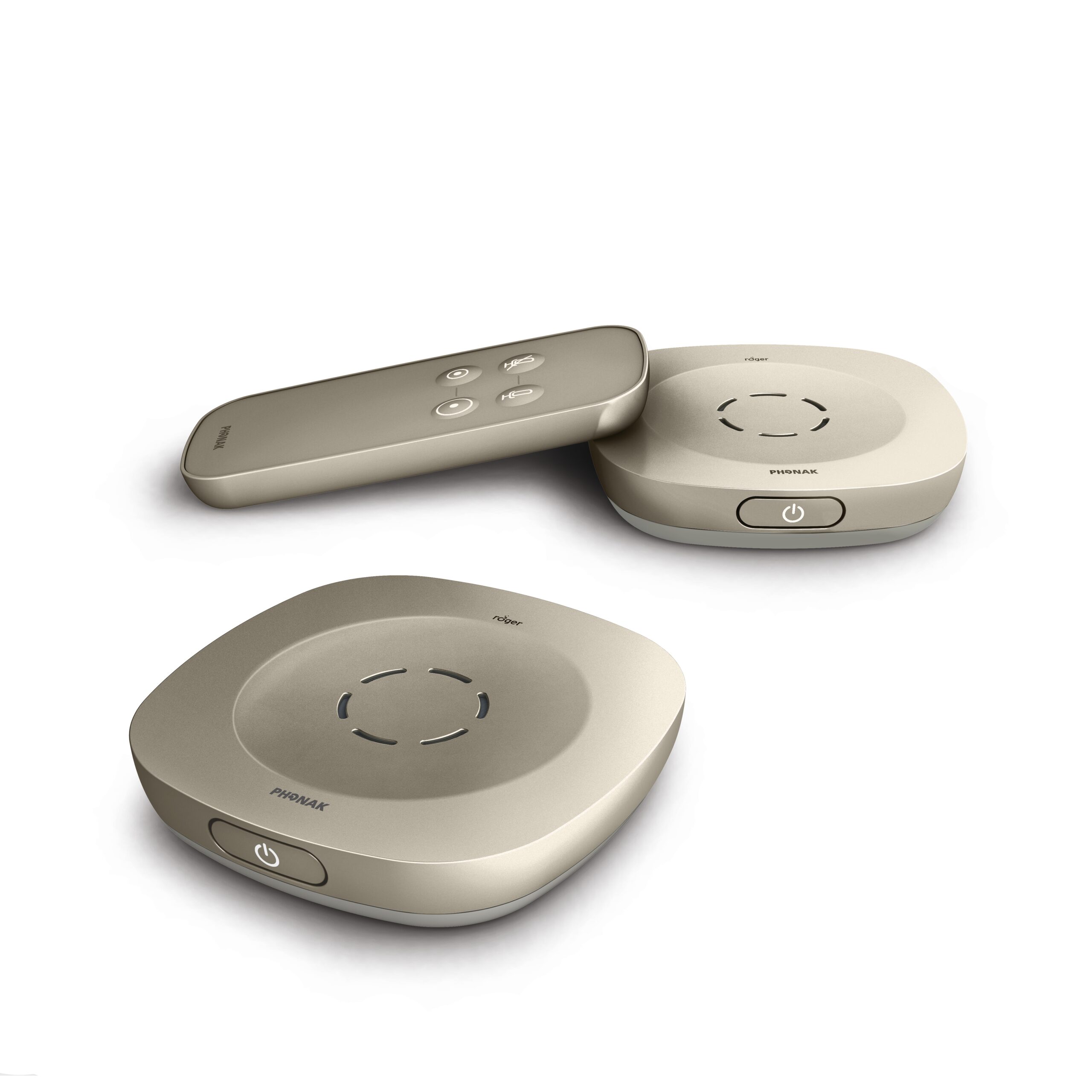
Personal Sound Amplification vs. Assistive Listening Devices: What’s The Difference?
Personal sound amplification products (PSAPs) are devices used to amplify hard-to-hear sounds for those with normal hearing. For example, PSAPs may help to hear from the back of a lecture hall, while eating in a crowded restaurant, or to assist in hearing the high-pitched call of various birds while bird watching.
Sound Advice: If your hearing is impaired, don’t use a PSAP as a substitute for a hearing aid. That may delay the diagnosis of a potentially treatable condition, and cause more damage to your hearing.
(Excerpt taken from the Federal Trade Commission Consumer Information: Buying a Hearing Aid)
FAQs:
What is the most commonly used assistive listening device?
One common type is a personal amplification system, which consists of a microphone that picks up sound and transmits it wirelessly to headphones or directly to hearing aids. This setup is particularly useful in noisy environments like restaurants or lecture halls, where background noise can interfere with understanding speech.
Another type of ALD is the loop system, which utilizes electromagnetic energy to transmit sound directly to hearing aids equipped with telecoils. This technology is often installed in public venues like theaters, churches, and conference rooms, allowing individuals to hear clearly without background noise or distance interference.
Can you turn an iPhone into a listening device?
Yes, an iPhone can indeed be transformed into an assistive listening device through various apps and features specifically designed to aid individuals with hearing loss.
Where are assistive listening devices required?
Assistive listening devices (ALDs) are required in various public venues and facilities to ensure accessibility for individuals with hearing loss. These requirements are typically mandated by accessibility laws and regulations aimed at promoting equal access and inclusion for people with disabilities.
Some common places where assistive listening devices are required include movie theaters, conference centers and auditoriums, educational institutions, sports arenas and performance venues, and other places. The specific requirements may vary depending on local accessibility laws and the nature of the venue or facility. Overall, the goal is to ensure that individuals with hearing loss have equal access to information, entertainment, and other services in public spaces.
